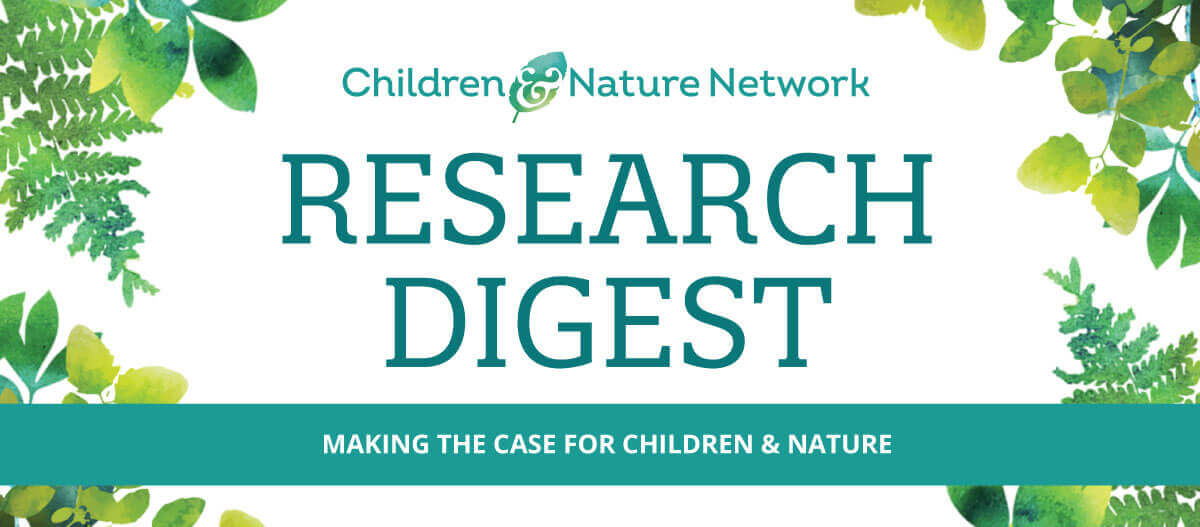Green Schoolyards: Preferences, Perspectives & Impact
Children and parents recognize the value of green schoolyards for student health and well-being. Natural settings at school help children experience physical and emotional comfort, which in the long term, may help reduce health disparities in the community. Parents express interest in being involved with green schoolyards, but cite time as a barrier.
Attention to children’s school grounds preferences can positively influence their engagement with natural elements
Information gathered from walking tours and focus group discussions, along with behavior observations of children on school grounds in Australia, indicated that children preferred natural settings that were in good condition, well-maintained, and usually located along the edges of the main play areas. Both boys and girls – but girls more often – expressed feelings of joy and happiness in their contact with nature.
Aminpour, 2021. The physical characteristics of children’s preferred natural settings in primary school grounds.
Access Study
Greening of schoolyards can generate positive physical activity and socioemotional health outcomes for students
A recent review of the literature examined experimental studies about the impact of schoolyard greening on children’s physical activity and socioemotional health. Although there were exceptions, and some age and gender differences, most studies demonstrated beneficial changes on both outcomes due to greening.
Bikomeye, Balza & Beyer, 2021. The impact of schoolyard greening on children’s physical activity and socioemotional health: A systematic review of experimental studies.
Access Study
A field-tested evaluation protocol can augment the evidence base for the green schoolyard movement as a health-promotion strategy
This report describes the use of quantitative and qualitative methods to evaluate the impact of green schoolyard transformations at the individual, school, and community levels. This protocol could be used with other green schoolyard initiatives to build a strong, cohesive evidence base. The results could be helpful in determining if reducing inequities in the built environment can reduce health disparities in the community.
Gerstein, Bates & Bohnert, 2021. Evaluating a green schoolyard transformation: A protocol utilizing the RE-AIM framework.
Access Study
School parks can serve as a tool for urban heat island adaptation and human health promotion
Researchers exploring potential relations between school parks in low-income communities, temperatures, and child health observed children positioning themselves under trees during periods of high heat index. This study – in addition to showing that school parks can serve as a tool for urban heat island adaptation and health promotion – introduces methods that can be used “to inform the redesign of greenspaces in the face of climate change and health inequities.”
Lanza et al. 2021. Effects of trees, gardens, and nature trails on heat index and child health: Design and methods of the Green Schoolyards Project.
Access Study
Parents consider green schoolyard advantages to outweigh disadvantages, but cite lack of time as a barrier to their more active involvement
Over 400 parents in the Netherlands completed surveys about green schoolyards and their willingness to be involved. Parents identified both advantages and disadvantages but were generally positive about schoolyard greening. While noting lack of time for active involvement, parents expressed interest in green schoolyard planning and activities, but not in maintenance.
van Dijk-Wesselius, 2021. Parental perspectives on green schoolyards: Advantages outweigh disadvantages, but willingness to help is limited.
Access Study





